Stroll down the outdoor lighting aisles of your local home improvement store, and you’re likely to be bombarded with options for illuminating the outside of your home, in your garden, or along your driveway.

Even for the seasoned handyman, it can be tough to determine which type of light is the right fit for your home. Should you go with traditional electric lighting, or solar lighting? What is the difference, anyways?
You may have heard that outdoor solar lighting has one major benefit over traditional lights: energy efficiency.
However, most people do not know how solar power works in the first place. Alleviate this confusion by learning the mechanics of outdoor solar lights so that you can see if they are the right fit for your home and budget.
How does solar power work?
As you may have already guessed, the basis of solar lighting revolves around the sun. But how exactly does the sun’s energy get converted into electricity?
Basically, solar-powered devices contain photovoltaic or solar cells. These are the mechanisms that convert the sunlight into electrical currents. They do so by using layers of crystalline silicon and chemicals, which create layers of negatively-charged electrons and positively-charged spaces.
When sunlight passes through the solar sell, it excites the negatively-charged electrons and pushes them into the positively-charged spaces. From there, the electron stream is transferred as a direct current of electricity through embedded wires, which is then stored in a battery within the solar cell until it is needed.
Throughout the day, the battery charges as it absorbs sunlight and converts it into electricity. As the sunlight wanes, the solar cell stops the conversion process.
How do outdoor solar lights work?
Now that you understand a bit about the solar power process, you can see how it applies to outdoor solar lighting.
The process detailed above is exactly what happens within that of an outdoor solar light. For this reason, it’s of particular importance that outdoor solar lights are placed in areas where they can absorb maximum sunlight and are not blocked by plants or debris.
The solar panels must be able to get as much of the sunlight as possible in order to charge up the battery during the day.
Solar lights use photoreceptors in order to detect when it gets dark. This device is what kicks on the light, which is usually made of light-emitting diodes, or LEDs. The stored electricity from the battery powers the light throughout the night.
This process repeats on a daily cycle which is why during the winter months, when there is less sunlight throughout the day, you may see a decrease in the longevity of the light produced by your outdoor solar lights.
Why should you care about how solar works?
On the whole, outdoor solar lights are much more efficient than traditional lighting because of their use of sunlight to power their illumination. This in and of itself may not seem like a big deal, but when you factor in the savings in your electricity usage, it will.
Since outdoor solar lights function through the above system, they will not add any additional cost to your electric bill. The extra parts involved in the solar lighting process outlined above tend to cost more than traditional lights to purchase, but ultimately save you money in the long run due to operating costs.
Plus, because solar lights often last years before needing replacement, you can breathe easy knowing that you will not have to turn around and buy more as quickly as you might have to with a traditional lighting system.
Make the smart choice with outdoor solar lights
When it comes to selecting the right lights for your outdoor decor, you want to make sure that not only are you choosing the right aesthetic option, but also the best pick for your wallet, too.
By understanding the mechanics of outdoor solar lighting, you can be a much better equipped consumer, and know exactly what you are buying when you check out.
In a nutshell, solar power transforms the natural energy from sunlight into electricity that runs your lights during the evening and night. Through the photovoltaic or solar cells, the sunlight pushes negatively-charged electrons into positively charged spaces, which creates an electron stream. That stream is then transferred as electricity, which is stored in the battery until it is used.
This efficient system works in tandem with photoreceptors to turn on your lights when it gets dark, and illuminate your spaces until no longer needed. By doing so, outdoor solar lights manage to create and use electricity without costing you any more money.
If you are ready to make the smart choice of buying solar lights, Outdoor Solar Store has everything you need. Peruse our large selection of weather ready lighting options, flood lights, lamp post lights, and more available for your home or garden.
With solar power, you can take the guesswork out of making the right choice, and simply enjoy the light.

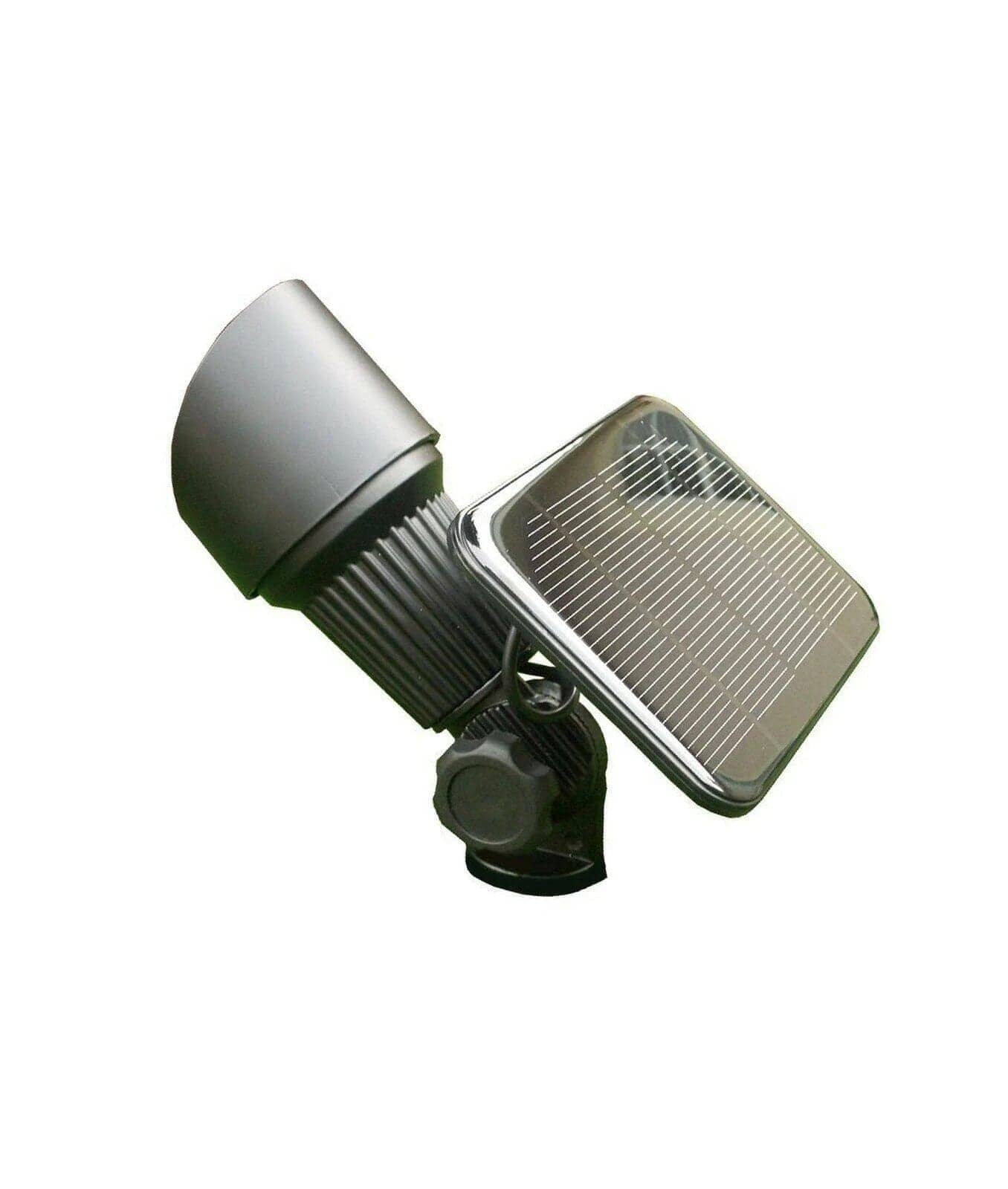
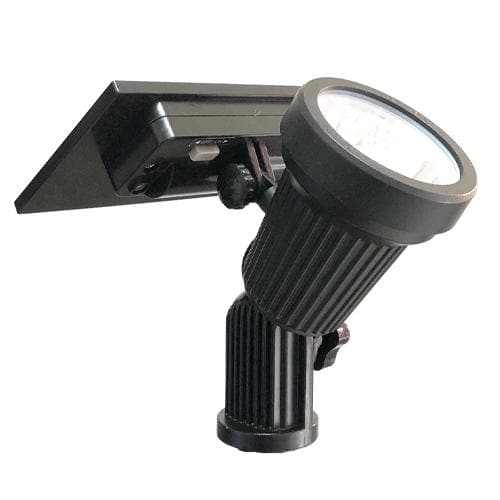
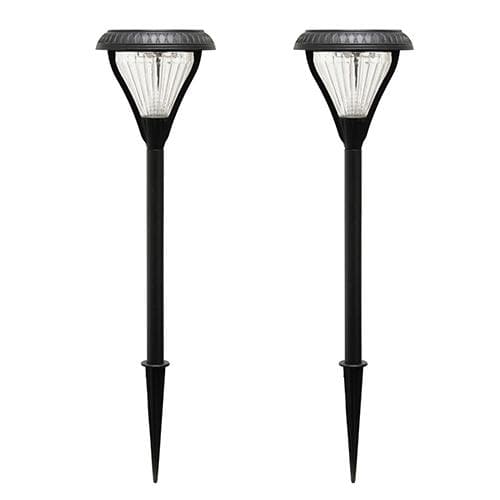
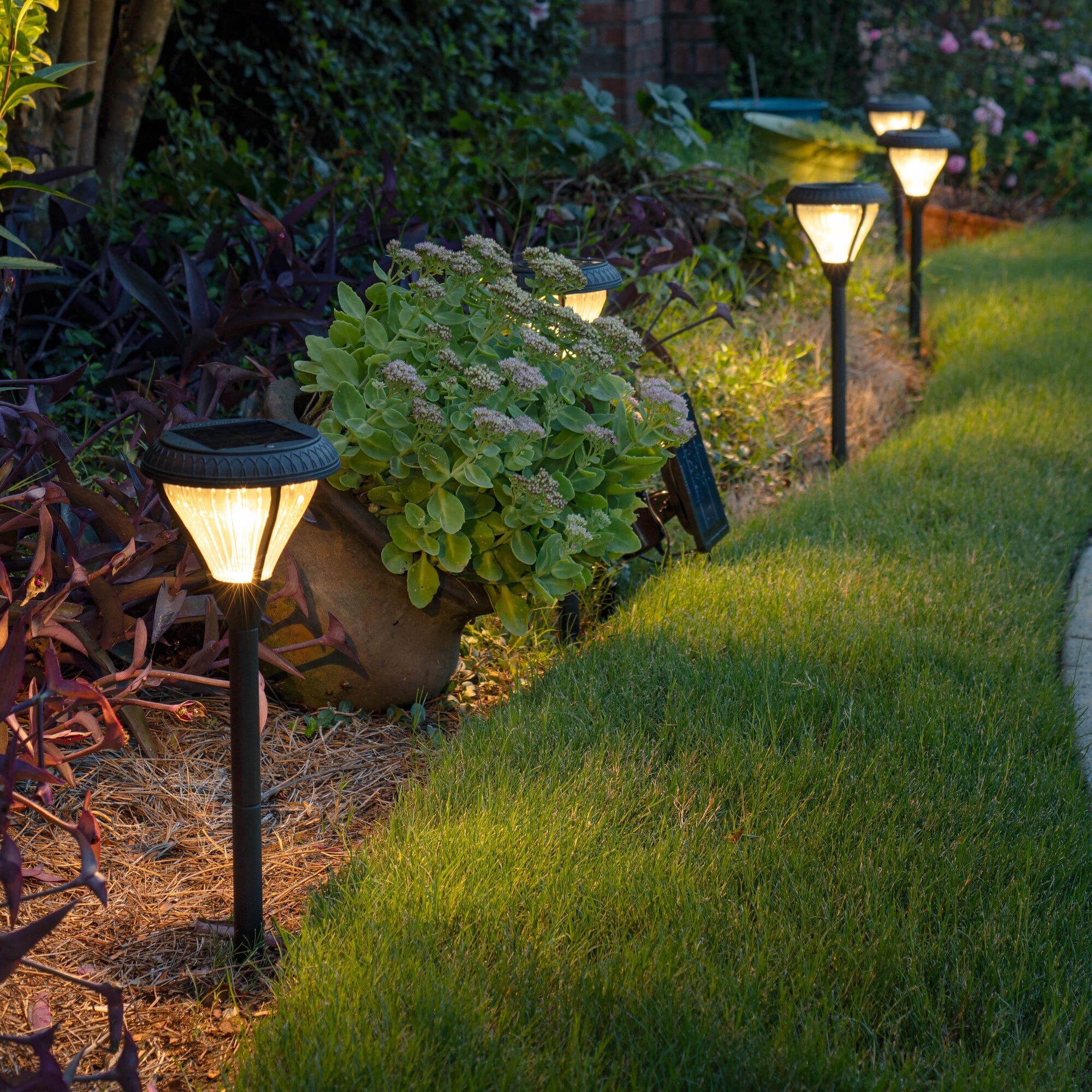
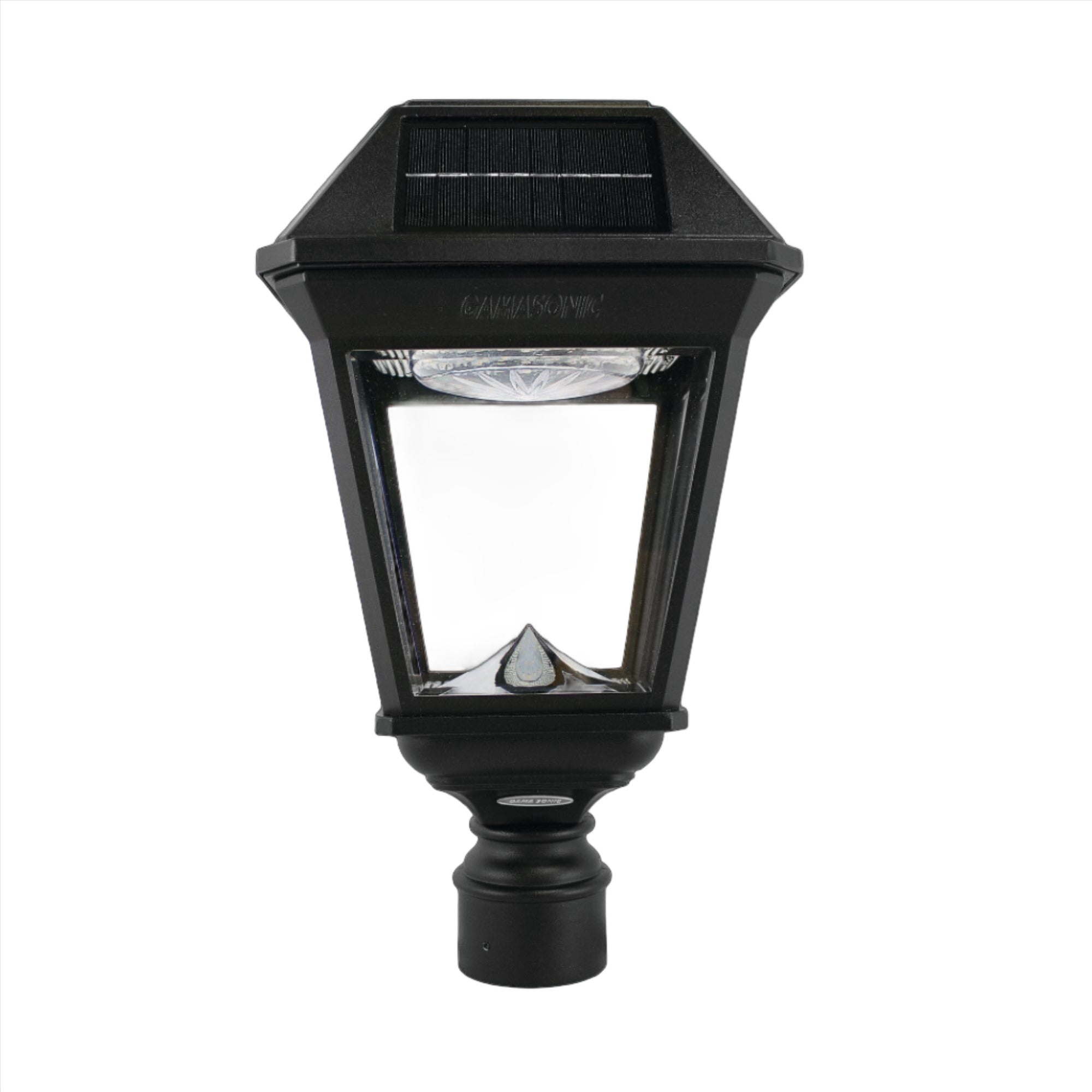
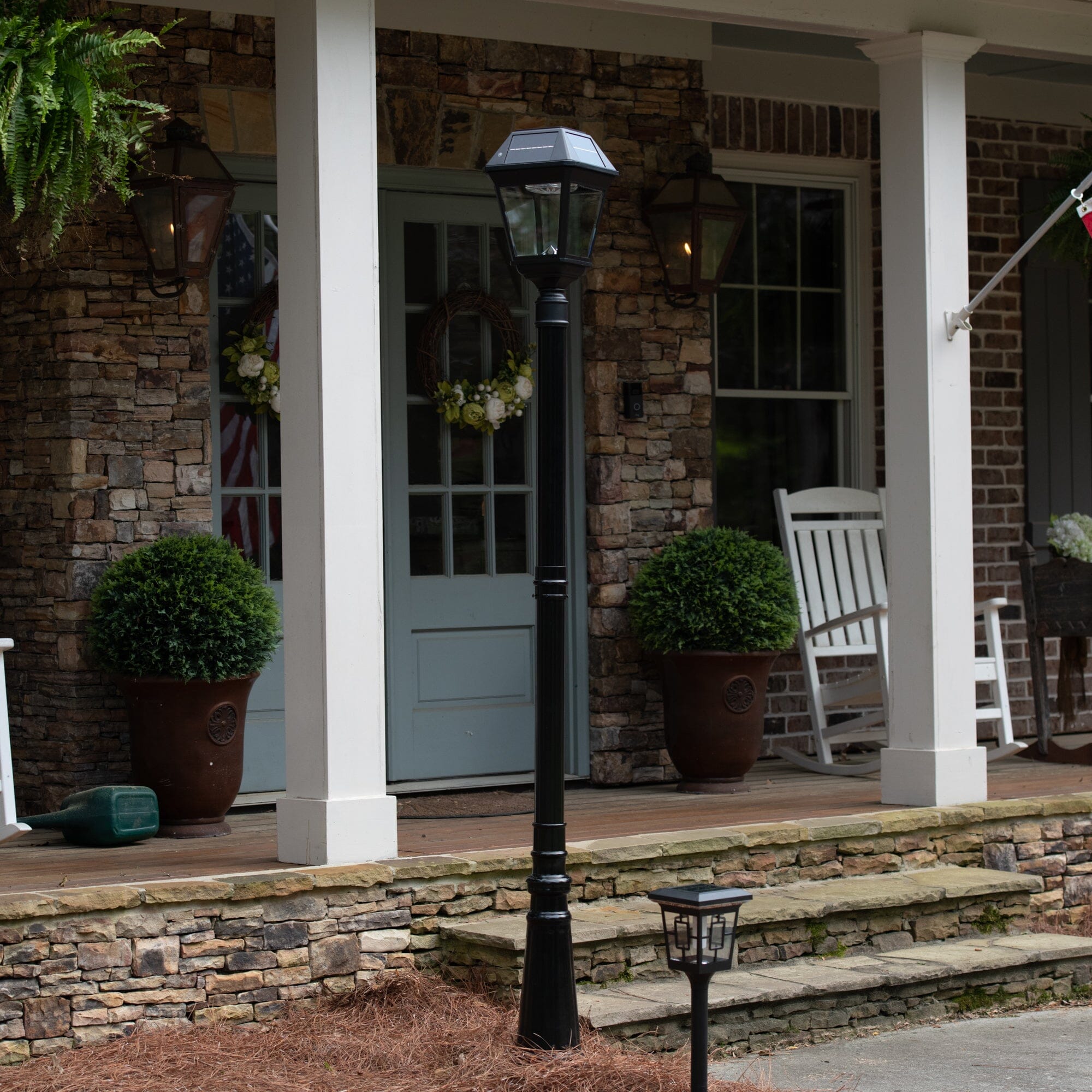
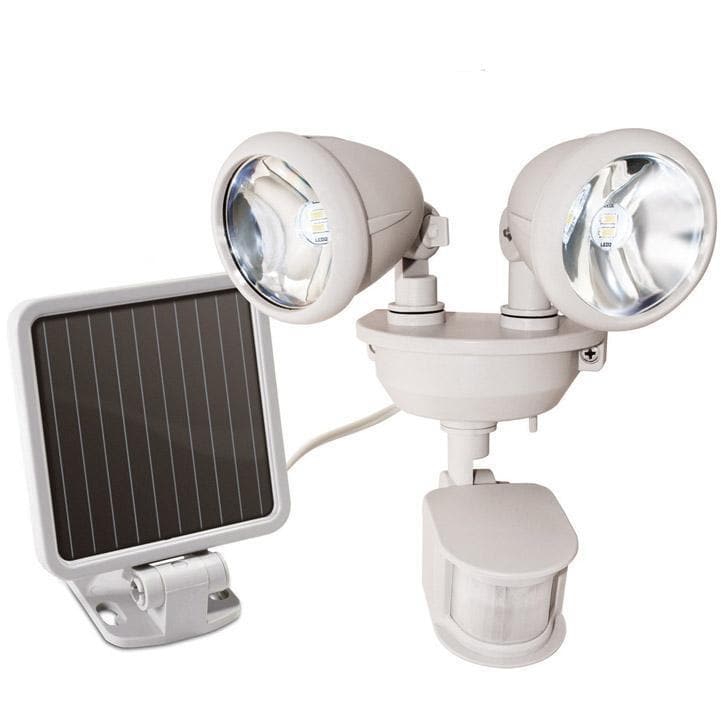
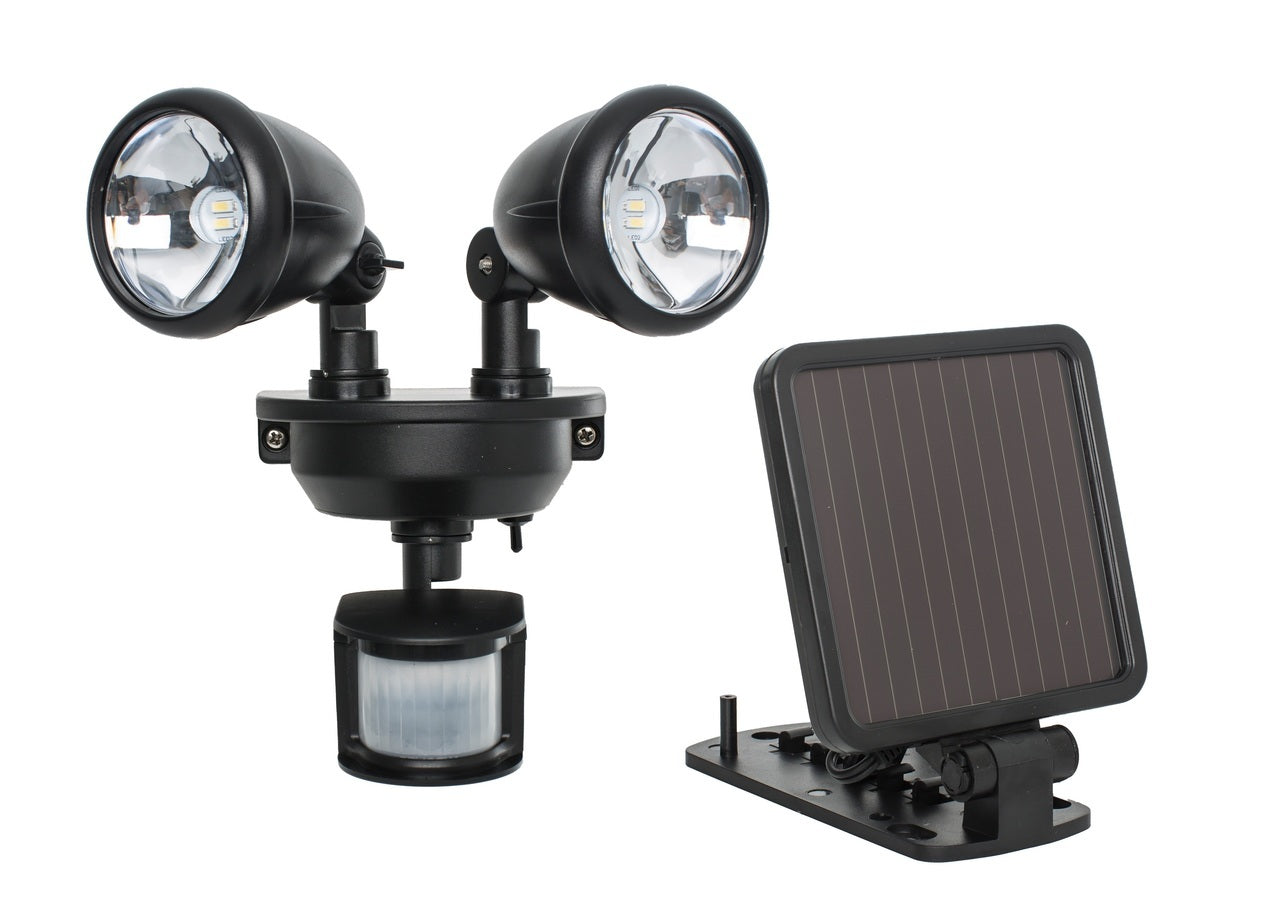
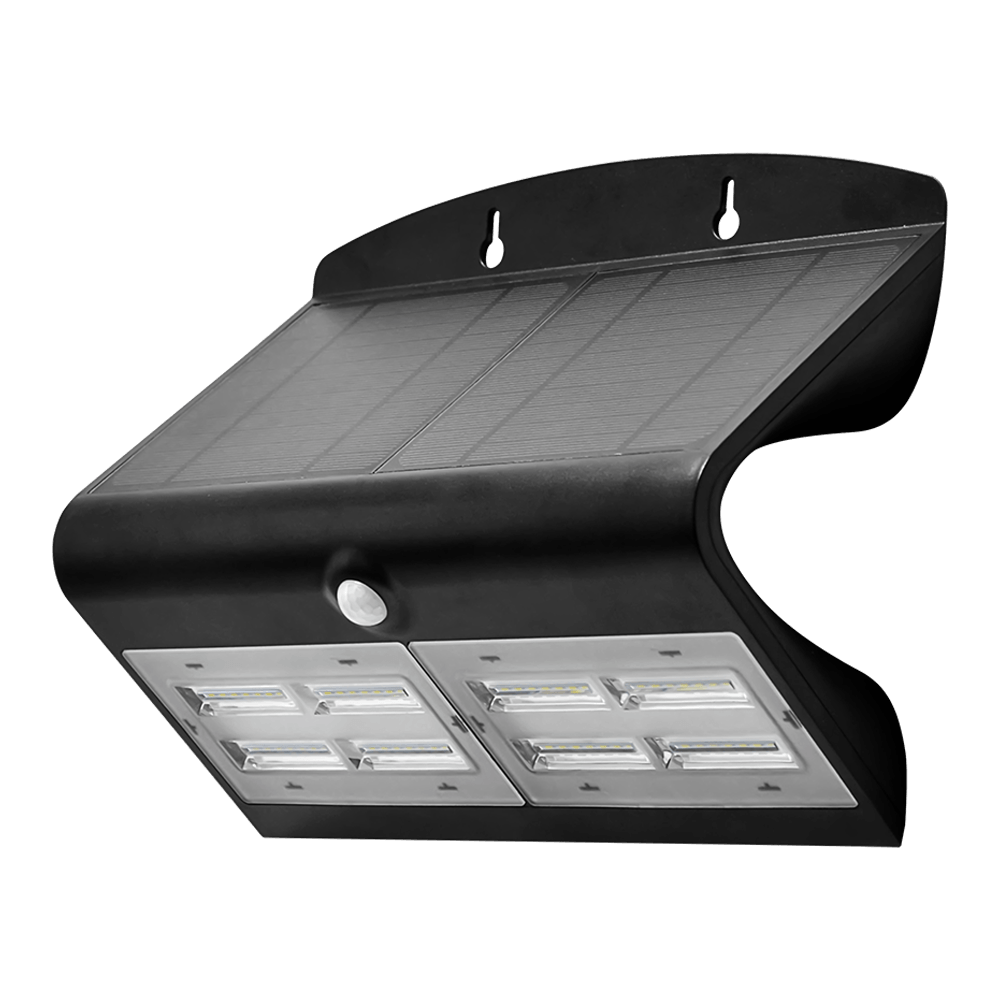

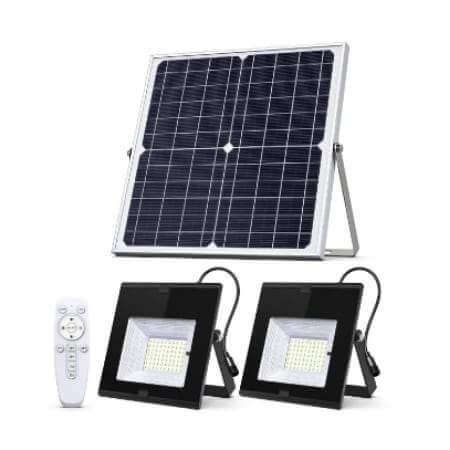
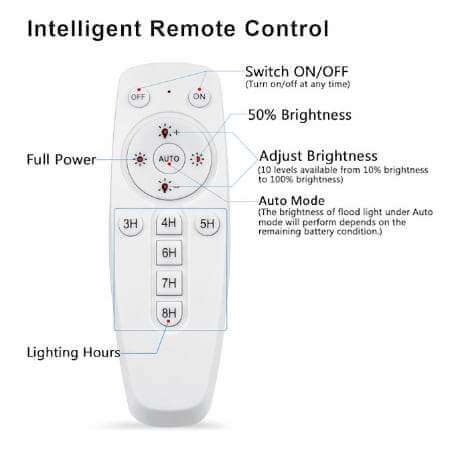
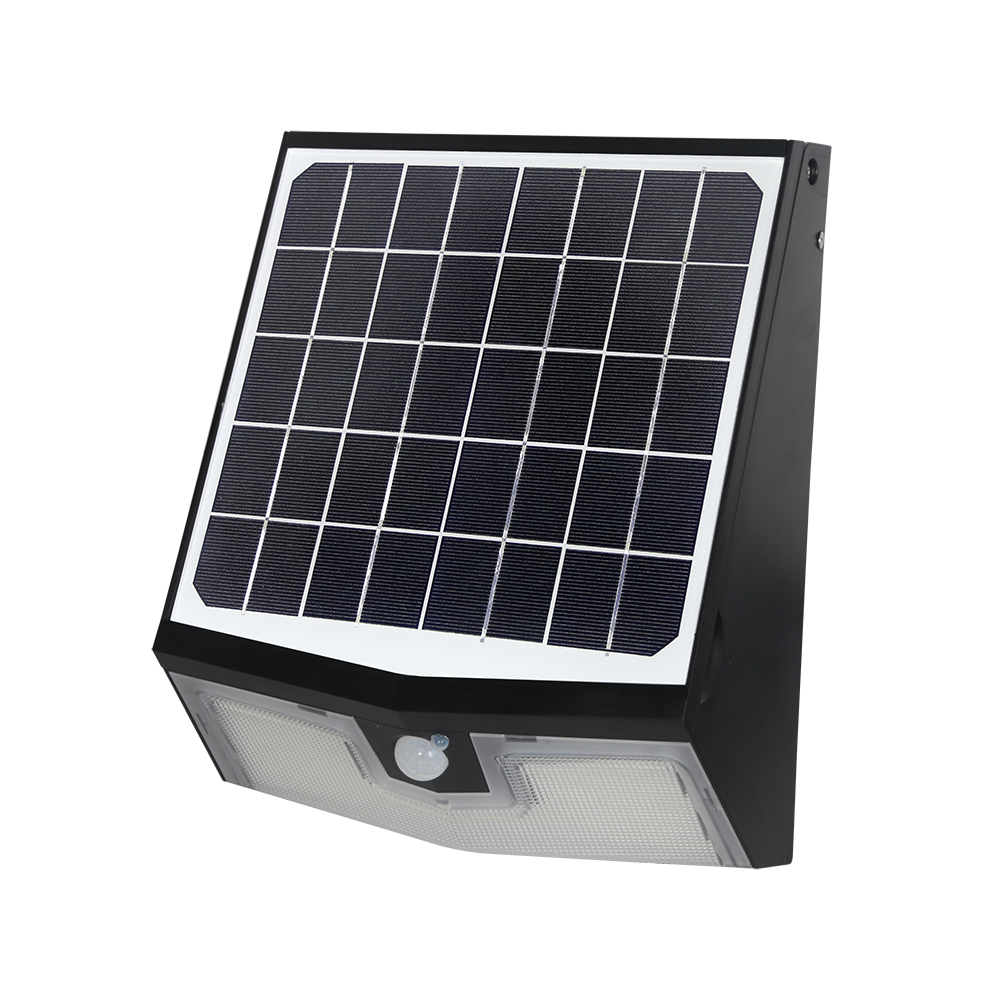
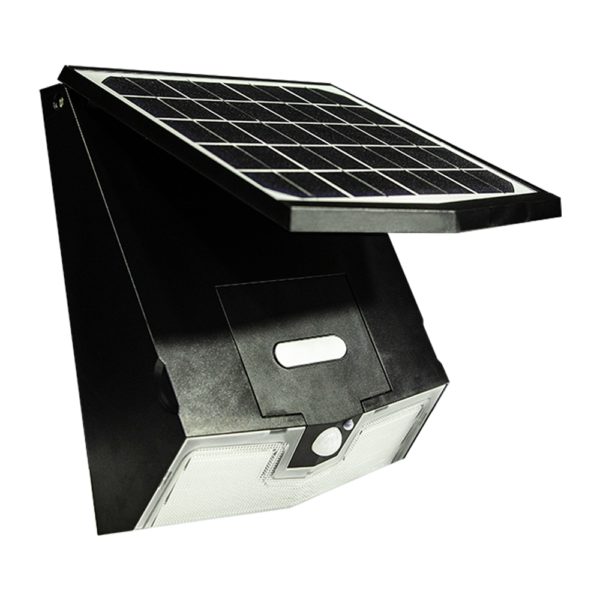
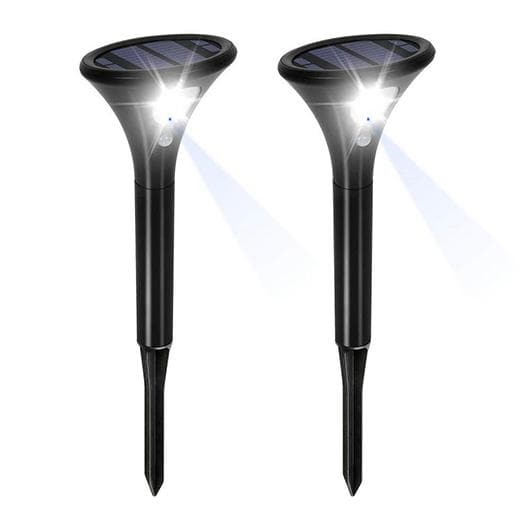
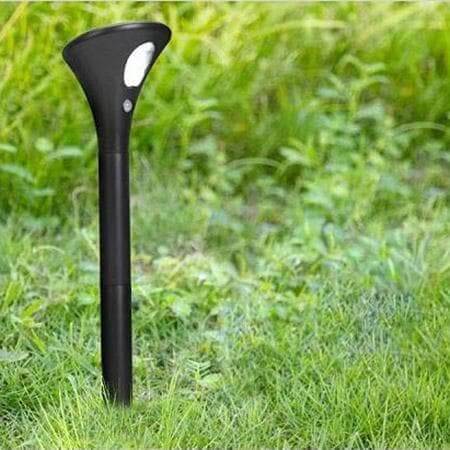
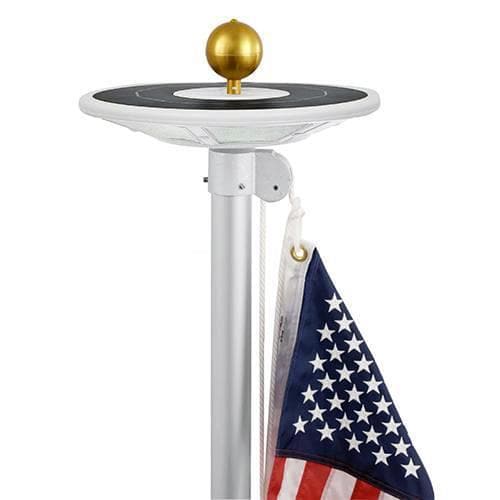
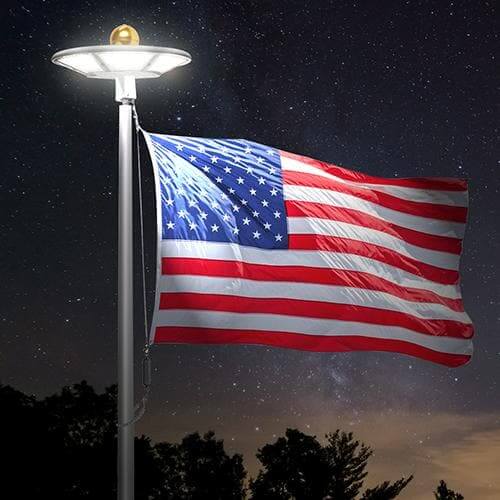
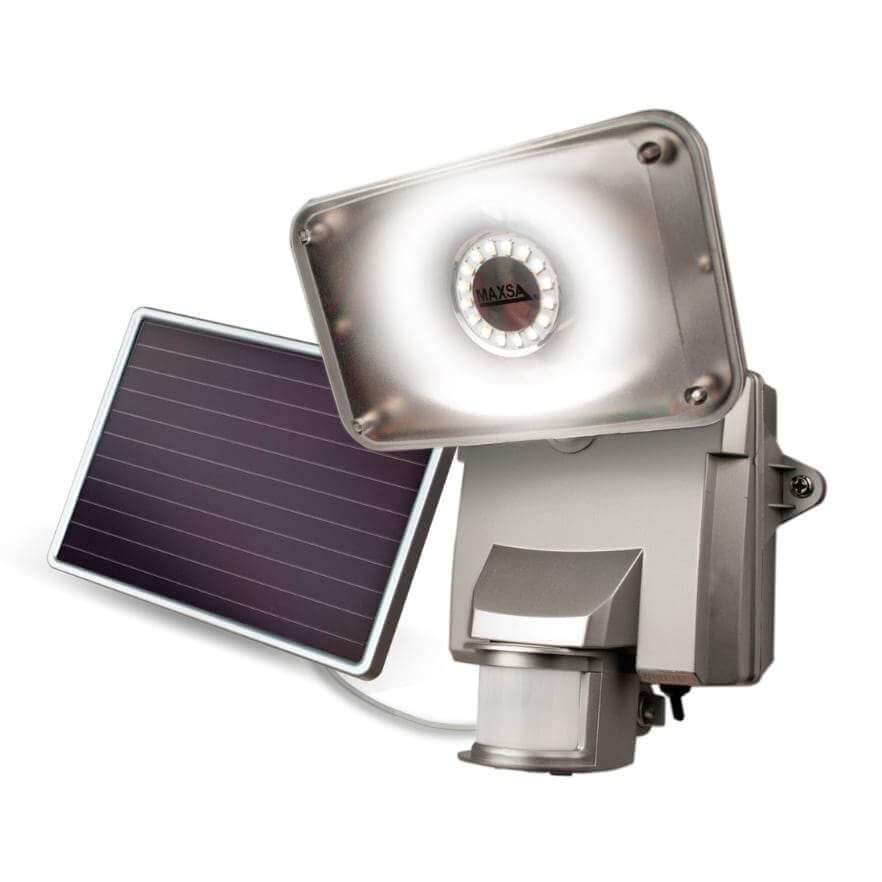
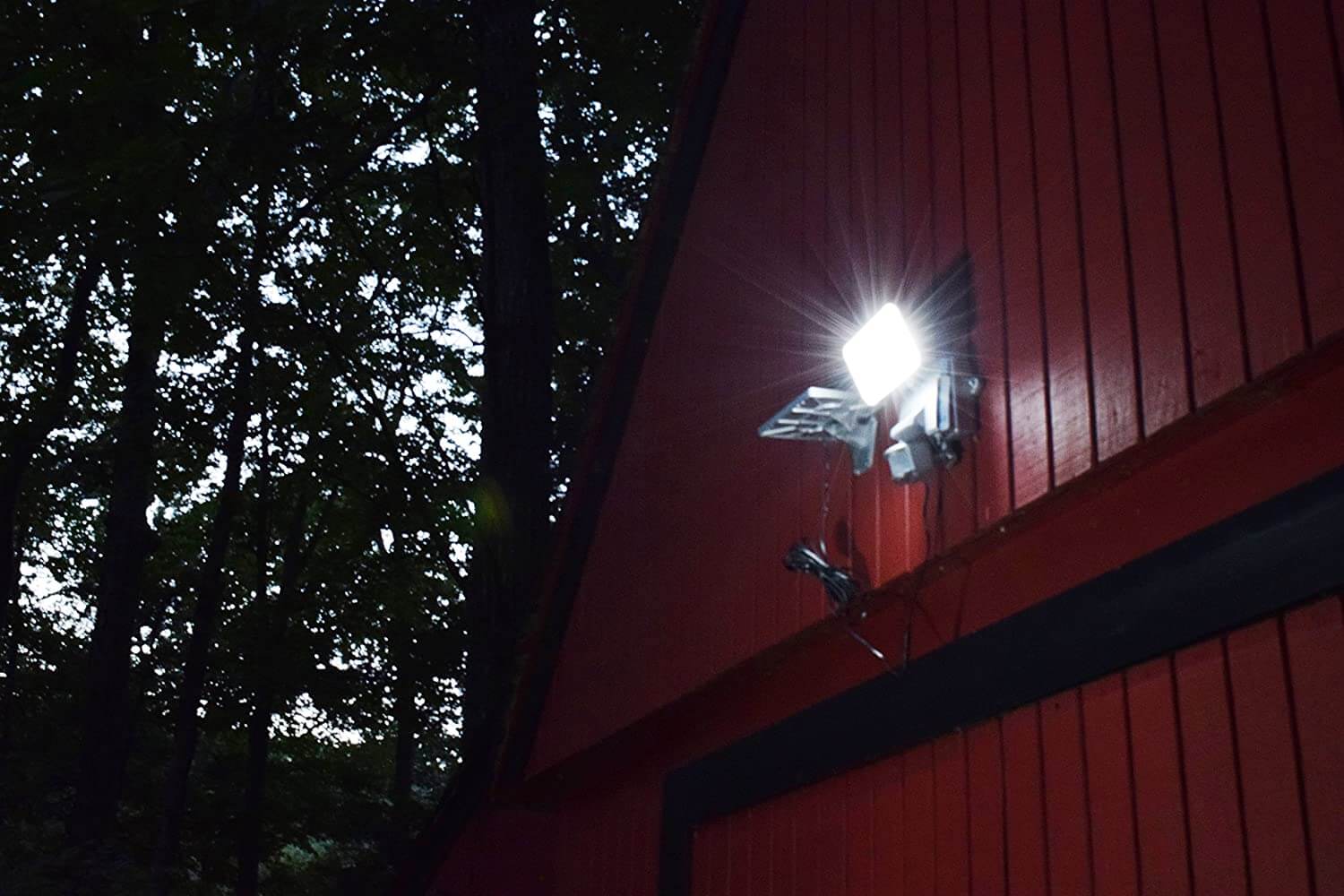
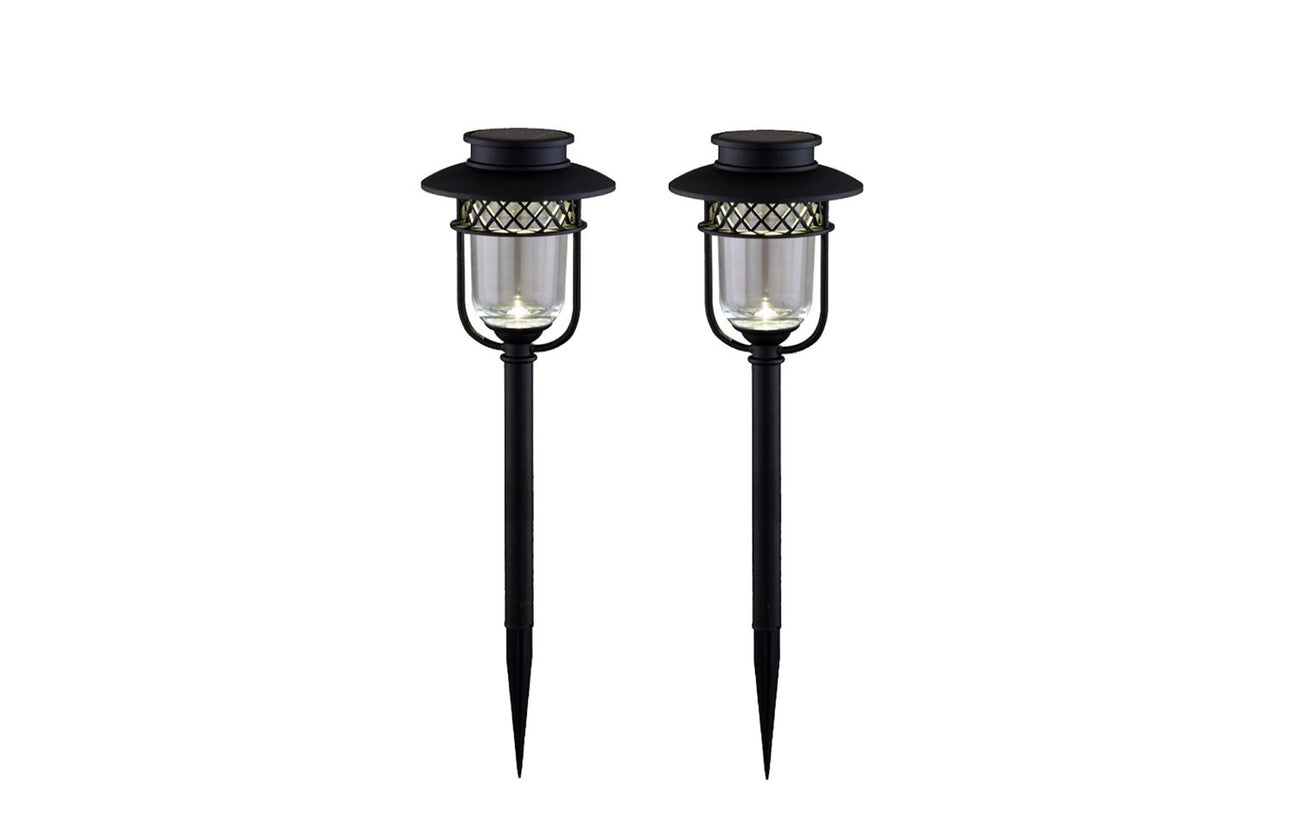
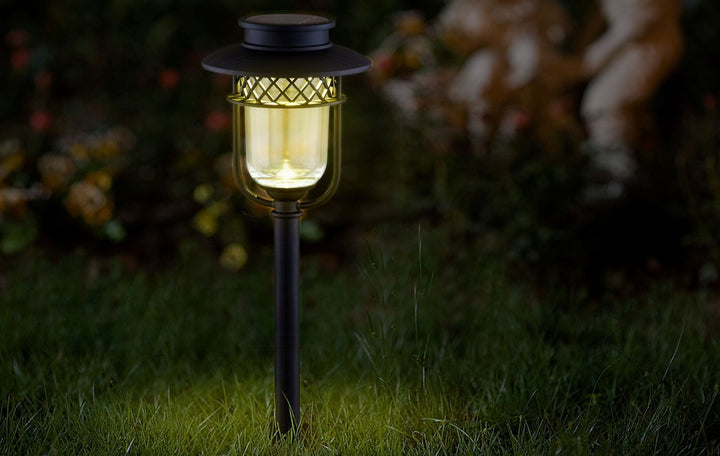
1 comment
Johnny Martinez
Does the fan operate (turns on) during cloudy or overcasted days?